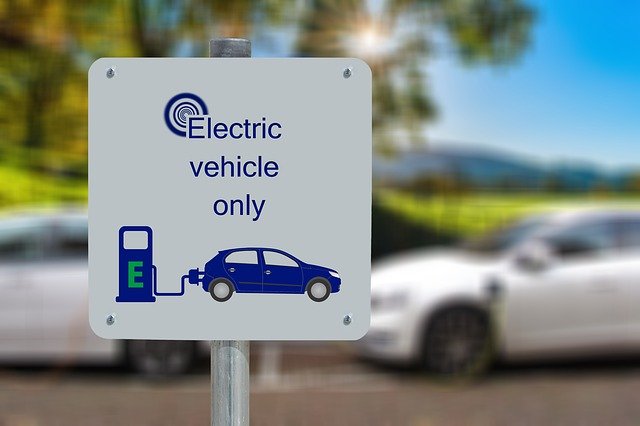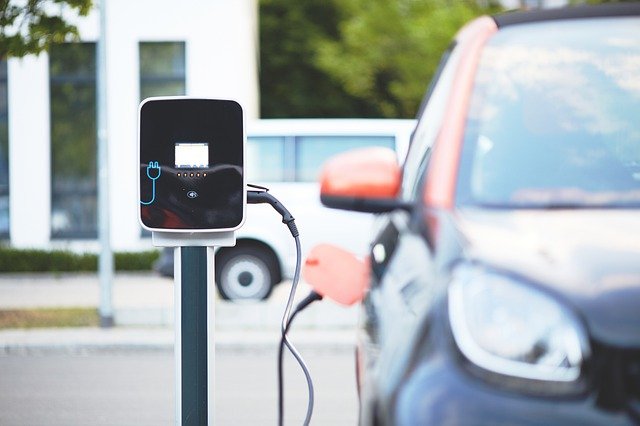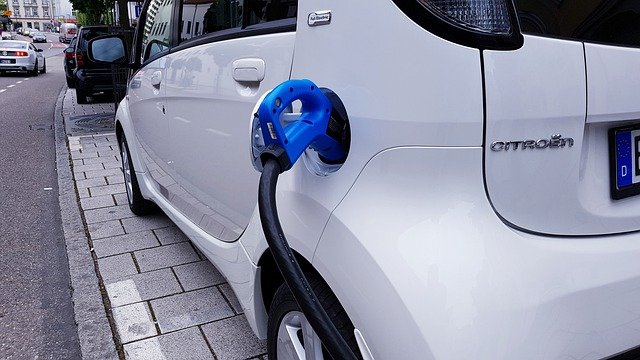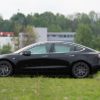
Introduction
An electric car charging point, also known as an electric vehicle supply equipment (EVSE) is a device that supplies electricity to recharge electric vehicles. Charging points are usually installed in public places, such as commercial parking lots, street corners, and other convenient locations. For home use, charging points can be installed in a garage or near a parking spot. Newer chargers come with a cord to plug into the car. Others require a special device, which is usually included to connect wirelessly to the car’s onboard charging system.
Electric cars run on electricity just like any other electric machinery. The big difference is that instead of gas, they run on batteries. Because electric cars are completely powered by electricity, the only way to recharge them is to plug them into an electric power source. Charging points can be installed in public places like shopping malls, commercial parking lots, and similar locations. Charging points for home use can be installed in garages or near parking spots. Charging points can be installed in either hardwired or plug-in versions, and some car models come with a wireless charging system built into them.
Electric Car Manufacturers

Car manufacturers such as Tesla, Toyota, and Ford have committed to building an electric fleet by 2020. The predicted growth of electric cars has led to concerns about the number of charging points needed to meet the electricity demand. Most electric cars can go up to 100 miles on a full charge, and they take about 30-60 minutes to recharge depending on the car model. Many companies are working towards building a quick infrastructure for recharging electric cars, as some experts believe that more efficient chargers will make it easier for people to switch from gas-powered cars to electric vehicles.
Standard benefits

- Electric cars are cheaper to operate.
- They’re environmentally friendly.
Emotional benefits
- Be part of the future now, Tesla Model S owner
- Electric cars are sexy and exciting.
- It’s a lifestyle choice that aligns with your environmental values.
Commercial benefits
Get the energy you need from your solar panels (if you can afford them).
- Many places offer free electric car charging as an incentive to attract business.
- Charging points are a convenient place for people to meet.
Distribution channels
The majority of electric cars are sold through traditional dealerships, but interested buyers can also purchase them online. It is also possible to buy an electric car second-hand, as many owners upgrade their vehicles before the end of the full life cycle.
User roles
Electric car users are typically wealthy people who are concerned about the environment. They are willing to pay a higher price for an electric vehicle, so they can enjoy the benefits of using an environmentally friendly car without compromising luxury. Electric cars require less maintenance than gas-powered vehicles, but they still have regular servicing requirements.
Primary Research
To get a better understanding of the market, both primary and secondary research was done on relevant topics. The target audience was identified as wealthy people who care about environmental issues. In San Francisco, where the user study took place, there is a waiting list to get a plug-in charger installed in the house or garage, and some people are willing to pay upwards of $30,000 for the convenience.
Market Size
To determine market size, several sources were used to gather data. From there, an estimate was made for how many electric cars will be purchased over the next 5 years (or longer). It was also determined that the market for home charging points is much larger than the market for public charging points. General Electric (GE), Samsung, and Tesla Motors are just a few of the power companies currently investing in electric car battery technology. The potential to power cars with electricity has led to money being funneled into building new infrastructure to support the transition from gas-powered cars to electric ones.





